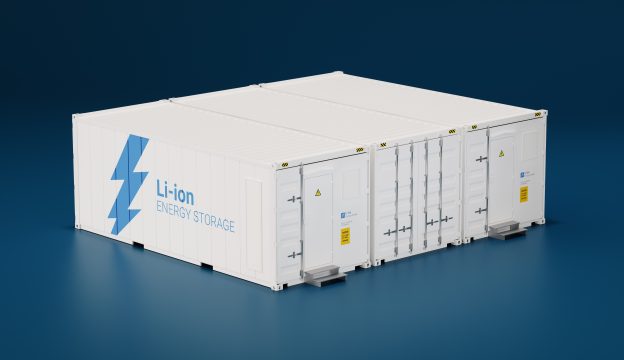
How to build an energy efficient building that is warm in winter and cool in summer without its appearance being affected? Scientists in the US might have an answer as they developed a shape-shifting material allowing copper particles to flexibly switch between liquid and solid states, for which its aqueous electrolyte and copper particles are two deciding factors.
When the material is in the heating mode, copper particles will deposit on the target thin film, forming a solid layer that can absorb solar heat. After a low current passes through it, the material will enter the cooling mode, where the particles disperse and turn into liquid in the electrolyte, which can reflect the infrared energy of the sun.
An experiment conducted by the research team showed that the material is able to switch between the two modes 1,800 times. Po-Chun Hsu, lead research assistant professor, indicated that the proposed new material will allows us to maintain the temperature in a building by treating it like a person—adding a layer when it’s cold and taking it off when it’s getting hot—without using much energy.

(Source: The University of Chicago)
The shape-shifting material works like an electrochromic material; the latter is often used for window films and sunglasses. Researchers discovered that when the material is in the solid heating mode, it can preserve 93% of the infrared energy it contacts. In its cooling mode, the material can reflect up to 92% of energy.
The researchers specified that the material can help reduce the HVAC cost of a building by 8.4% as it only requires a low current to switch between solid and liquid states. If the building does not need frequent transitions between the two state, the amount of electricity it consumes can actually be neglected.

(Source: The University of Chicago)
The material is in reddish brown in the solid state and becomes transparent in the cooling state, where the bottom paint of any color can be seen clearly. In addition to its temperature regulation feature, the material can serve as an architectural element.
The research team has developed a piece of the material measuring 6 cm wide. Despite the small size, each material patch can be pieced together like shingles to cover a wider area. The team is planning to enhance the material’s value in passive thermal control, aiming to expand the use of its liquid and solid states.
(Photo credit: Unsplash)







